Some reports claim that over 60% of the air you breathe on the first floor of your home comes from the crawl space. Imagine if that space is damp, musty, or contaminated, what will be its effect on your health? As a solution, homeowners go for the crawl space vent fans, but are they truly effective, or just a temporary fix?
These confusions cause hesitation in buying a vent fan. Therefore, it's time for a reality check. Dig into the pros and cons of a crawl space vent fan before making a final decision.
What Is a Crawl Space Vent Fan and What Is It Used For?
A crawl space vent fan is an electrically or solar-powered fan that is installed in crawl space vents to circulate air, preventing stagnant moisture buildup actively.
Unlike passive vents, which rely on natural airflow, vent fans forcefully push out humid air and fetch in fresh air, improving overall ventilation. A crawl space vent fan is installed for:
● Moisture control by preventing condensation.
● Remove odor and unpleasant smell caused by standing water.
● For air quality improvement by removing radon or VOCs.
● Reduces extreme temperature variations in HVAC ductwork or plumbing.
● Stops long-term structural damage due to wood rot and corrosion.
Pros of Crawl Space Vent Fans

Those who ask 'what are the advantages of crawl space vent fans?' can read down here:
Actively Reduces Crawl Space Humidity and Moisture
Mold growth, wood rot, and structural damage are promoted by excess moisture. However, AbeStorm crawl space vent fans have built-in de-humidistats with high-CFM ratings to remove humid air and draw in drier outside air. This constant air exchange helps maintain the relative humidity below 60%, the threshold recommended by the EPA.
Prevents Mold, Musty Odors & Pests
The crawl space fans help create an environment that's unfriendly to mold and pests by maintaining balanced airflow and reducing excess humidity. This ventilation keeps musty odors away and discourages insects and rodents that thrive in damp conditions. So, get the complete protection for your home's structure and indoor air quality.
Improves Indoor Air Quality for Your Entire Home
If that air is contaminated with radon, VOCs, or biological pollutants, it can impact respiratory health. Then, how to ventilate the crawl space to prevent radon? Simple!
Get ventilation fans that help mitigate this by expelling contaminated air and ensuring a continuous flow of fresh air. Some models include filters to help trap particulates and improve air quality.
Energy Efficiency With Smart Features
One of the standout benefits of using crawl space ventilation fans is their energy efficiency. These fans are equipped with smart humidity and temperature sensors.
With these features, the fan operates only when needed, which can reduce unnecessary power consumption. Plus, they also reduce the workload of the HVAC system.
Simple DIY Installation
Get easy-to-install crawl space vent fans with plug-and-play setup, pre-drilled mounting brackets, and intuitive controls. You can install most models within an hour without professional help.
It is the best hassle-free upgrade for better crawl space ventilation and moisture control.
Cons of Crawl Space Vent Fans
The picture has another side too! Here are the disadvantages of vent fans:
Not Ideal for Extremely Humid Climates
No doubt, vent fans can reduce humidity, but in hot and humid regions, especially in areas with high humidity (above 60% RH), they can pull in more moisture than they remove.
When warm, moist air enters a cooler crawl space, it can condense on wood, pipes, and insulation.
Not a Substitute for Encapsulation or Sealing
Vent fans can help, but they are not a complete solution if your crawl space lacks a vapor barrier, proper drainage, or sealing. It cannot alone solve persistent moisture problems.
Using a vent fan without addressing these core issues may only provide temporary relief.
Noise Level in Some Models
Though most modern crawl space fans are designed for quiet operation, some units may produce noticeable noise, especially if installed near living spaces or improperly mounted.
The best approach is to ensure that you get a quiet crawl space fan and check specs like dB rating for low decibel output.
Improper Installation Can Reduce Effectiveness
If you do not install crawl space fans correctly, like with poor positioning or no coordination with vapor barriers or sensors, they may do little to improve air quality or moisture levels.
That’s why it’s important to follow the manufacturer’s guidelines, especially when using smart features.
Final Words
Your crawl space may be out of sight, but it should never be out of mind. A high-quality crawl space ventilation fan is a worthy investment in your home’s health, efficiency, and longevity. Just keep in mind where you are living because the climate and local humidity levels play an important role in choosing the right ventilation strategy.
If you are ready to protect your home from mold, rot, and costly structural damage, explore AbeStorm’s trusted lineup of crawl space fans.
FAQs
Should a crawl space be vented or not?
In hot, humid regions, venting may pull in moisture-laden air, worsening mold and humidity issues, so encapsulation and dehumidification may be better. In dry or temperate areas, venting with a controlled crawl space fan can help prevent condensation and mold.
How long should a crawl space fan run each day?
Smart crawl space fans with humidity sensors run when needed. On average, 2–4 hours per day may be sufficient. However, in humid climates or summer months, daily runtime may increase.
What is the ideal humidity level for a crawl space?
Experts recommend keeping crawl space humidity levels between 30% and 50%. Levels above 60% can lead to mold, wood rot, and pest infestations. Smart fans like those from AbeStorm activate automatically when humidity exceeds safe limits.
Can a crawl space vent fan replace a dehumidifier?
Not always. A crawl space fan is great for moderate humidity control and ventilation, but if you are dealing with constant moisture, flooding, or high relative humidity, a dehumidifier is required. In many cases, both systems work best together.

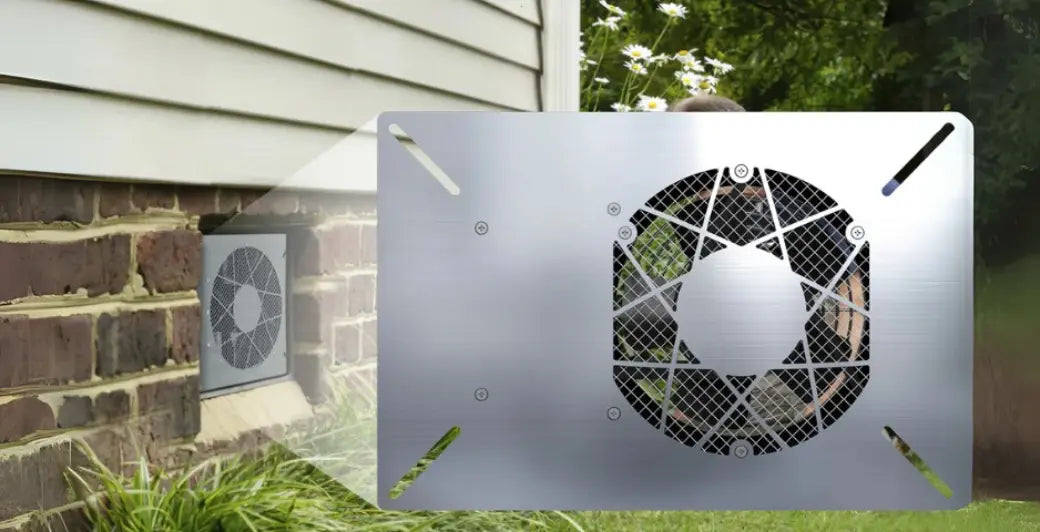
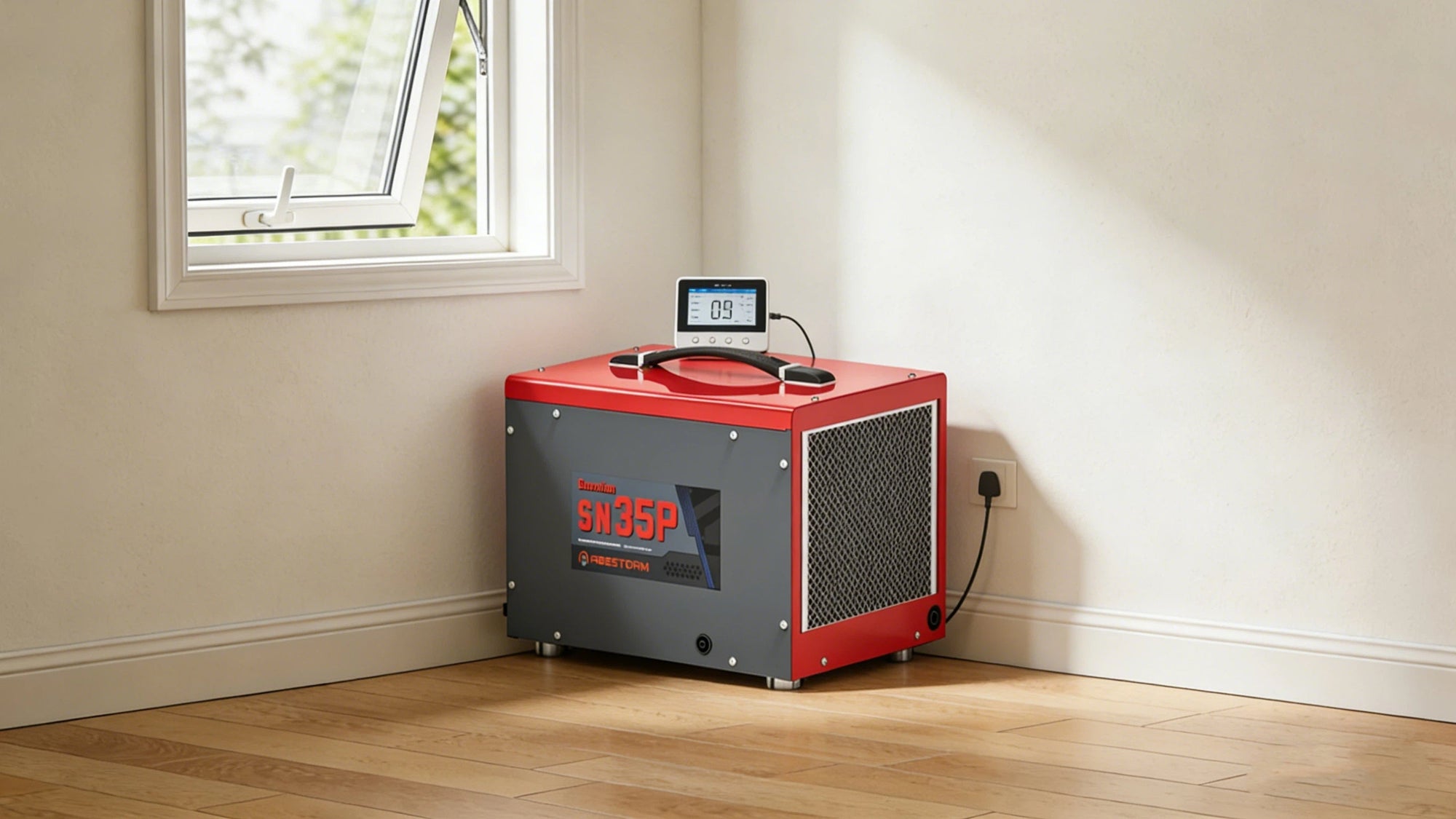
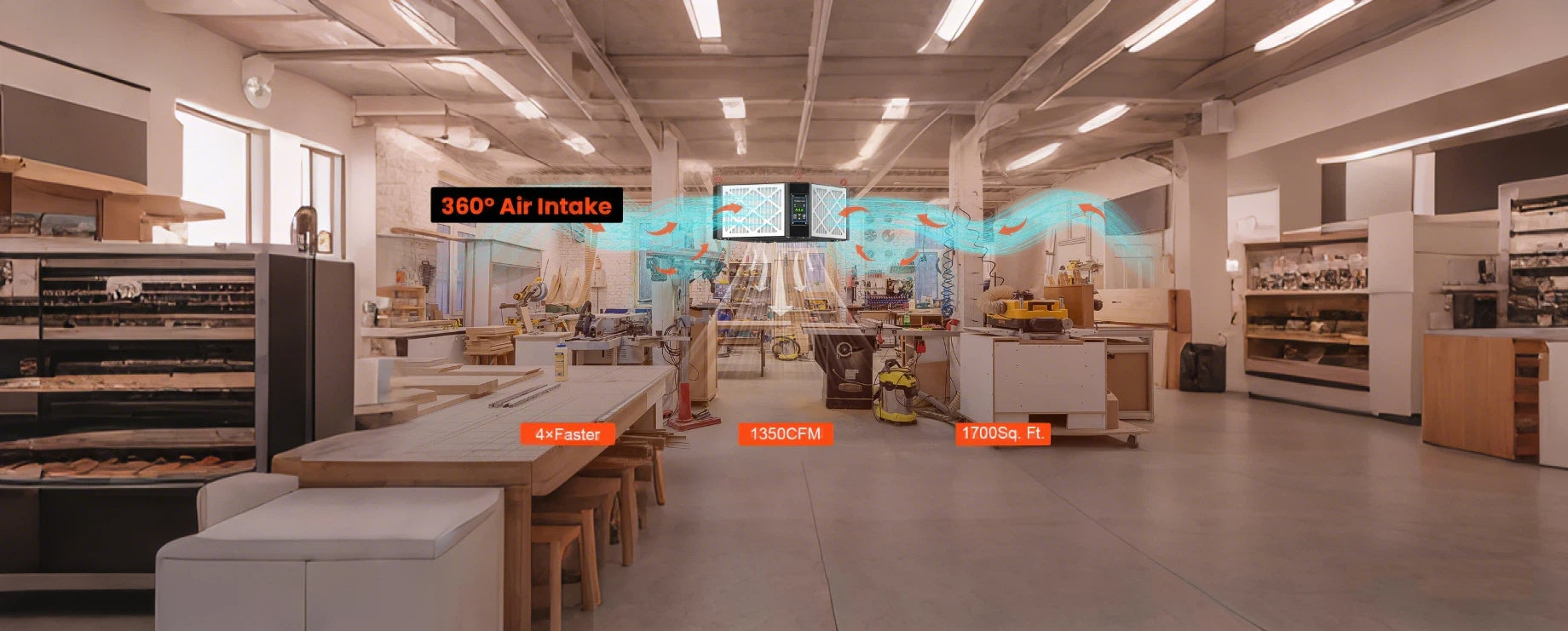
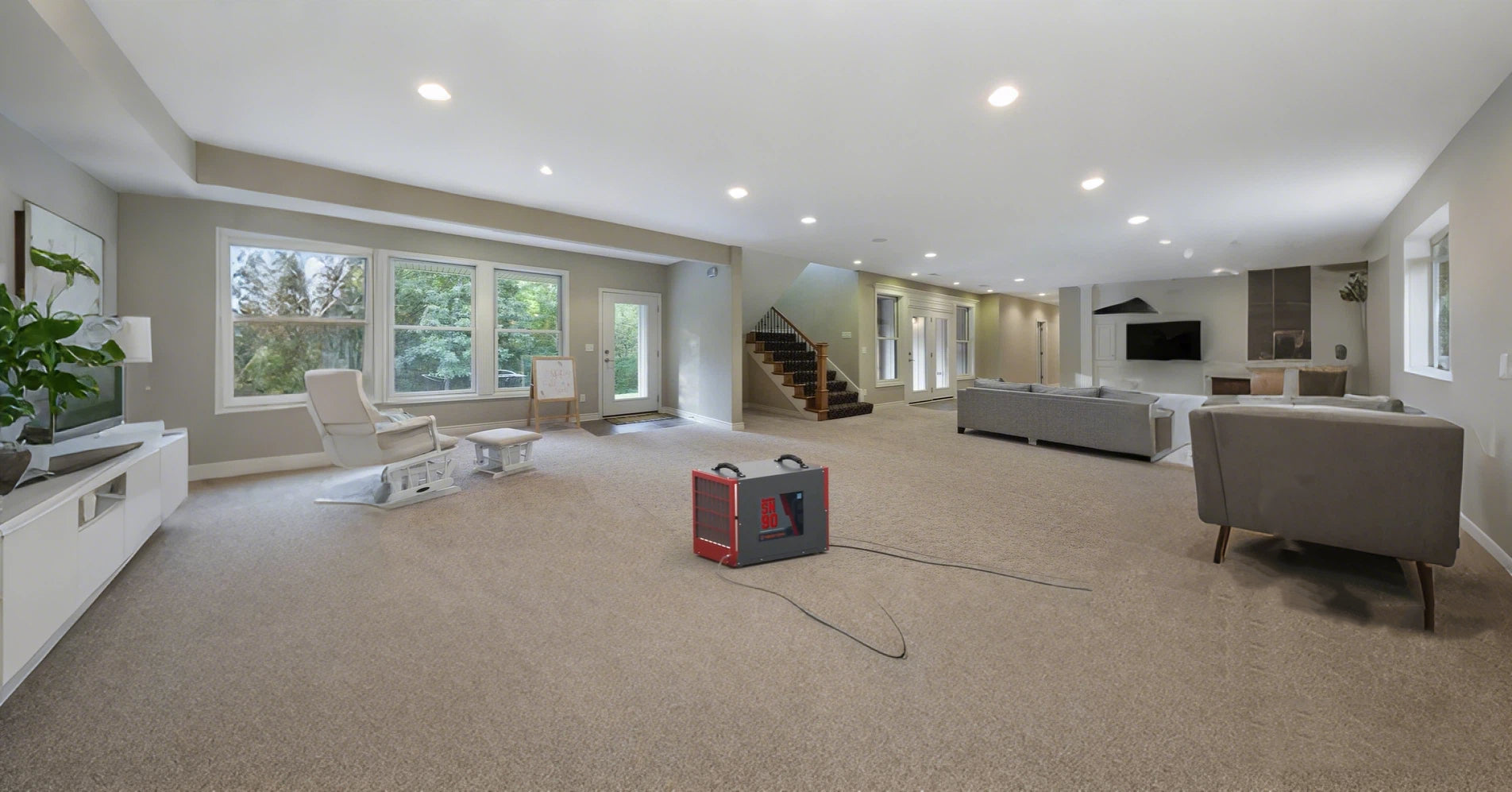

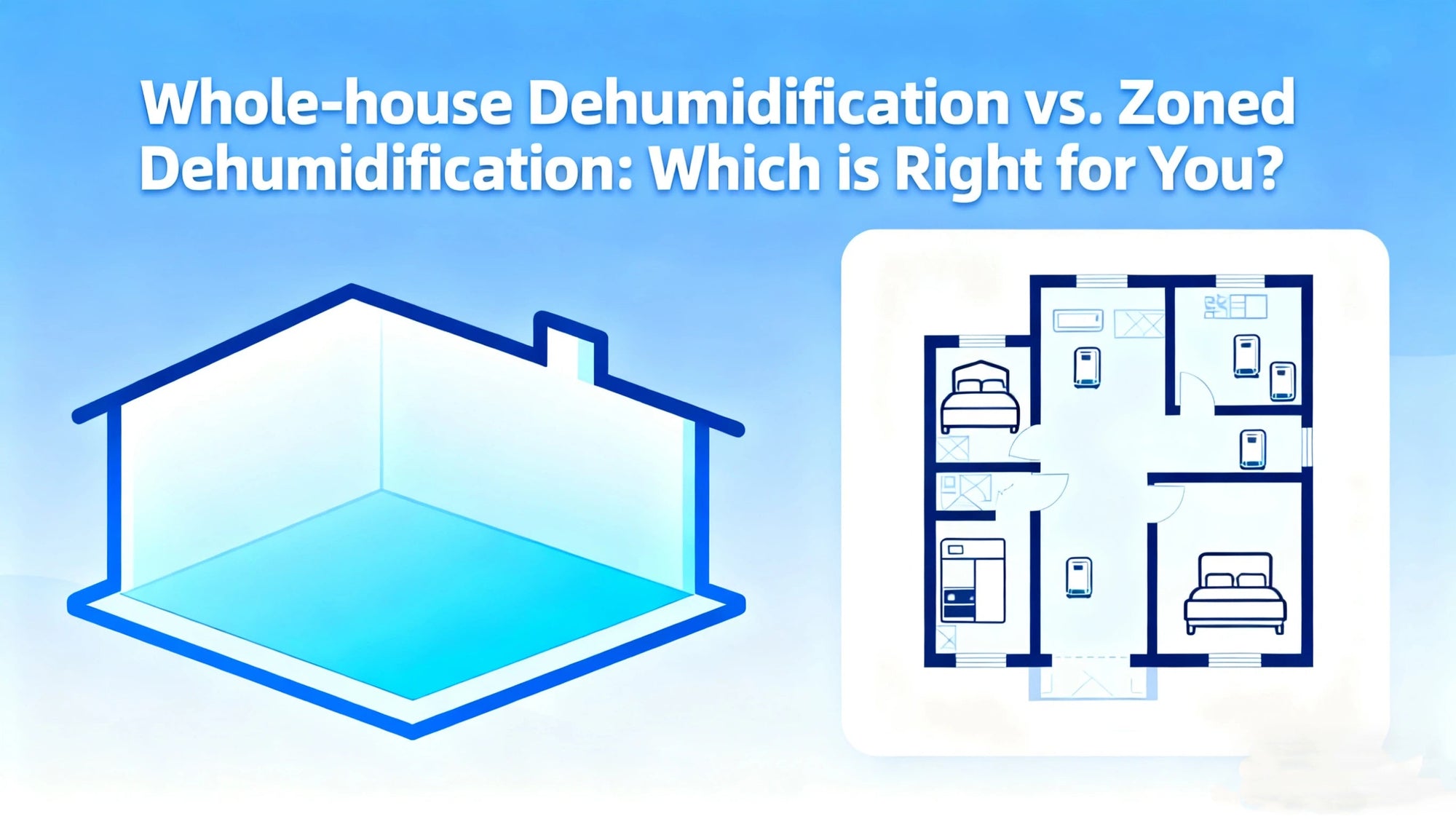

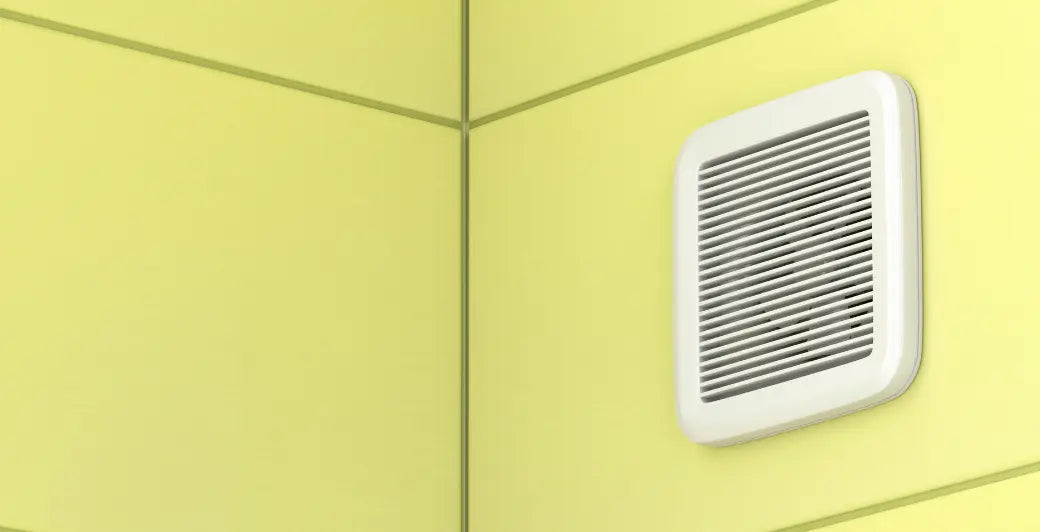
Shop For Dehumidifier
Abestorm 170 PPD 2,100 Sq.Ft Commercial Dehumidifier with Pump and Drain Hose | Hurricane 800
Abestorm 180 PPD 2,300 Sq.Ft Commercial Dehumidifier with Pump and Drain Hose | Hurricane LGR85
Abestorm 264 PPD 3,000 Sq.Ft Commercial Dehumidifier with Pump and Drain Hose | Hurricane 125P
Abestorm 180 PPD 2,300 Sq.Ft Commercial Dehumidifier with Pump and Drain Hose | Hurricane 850